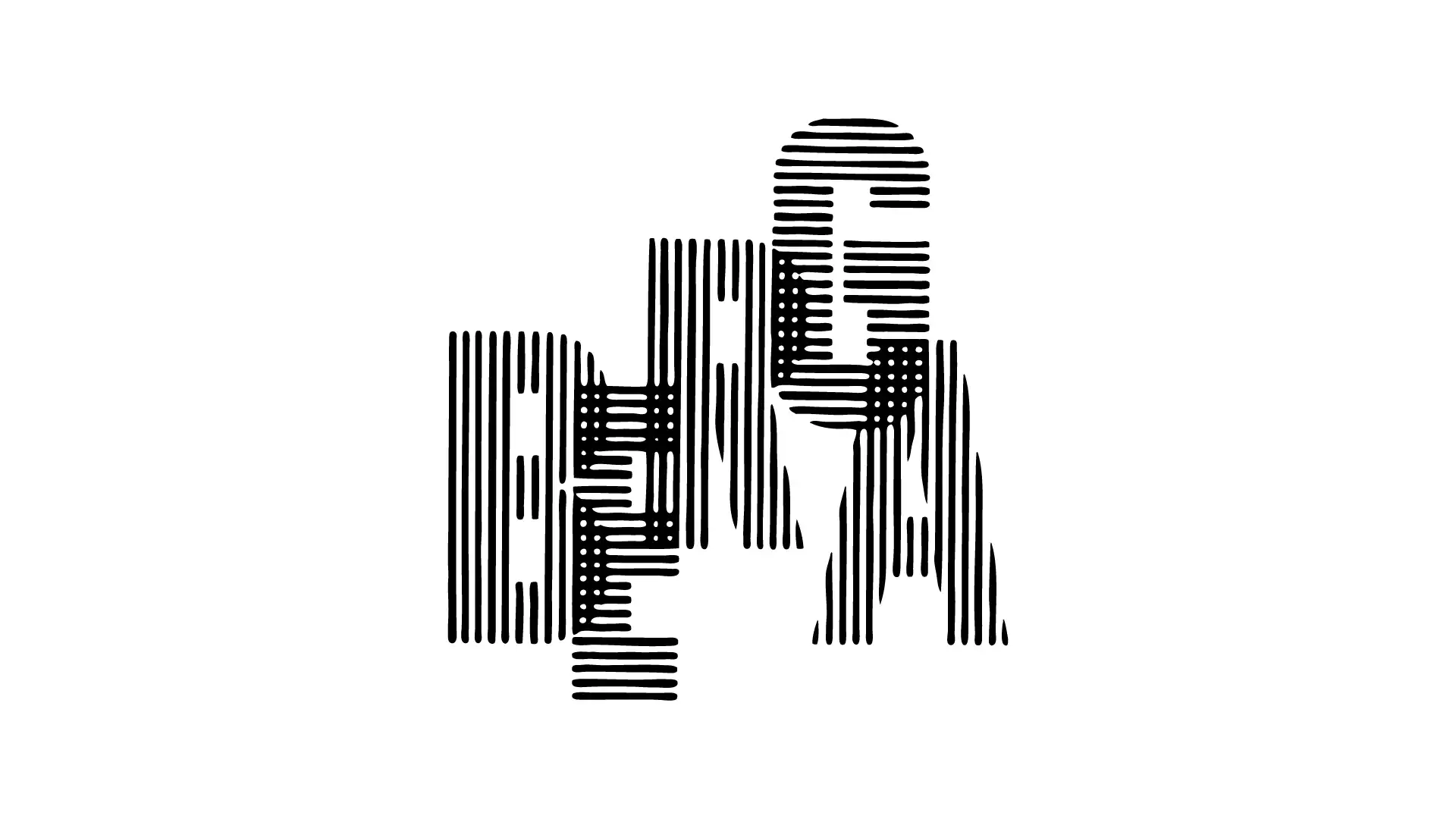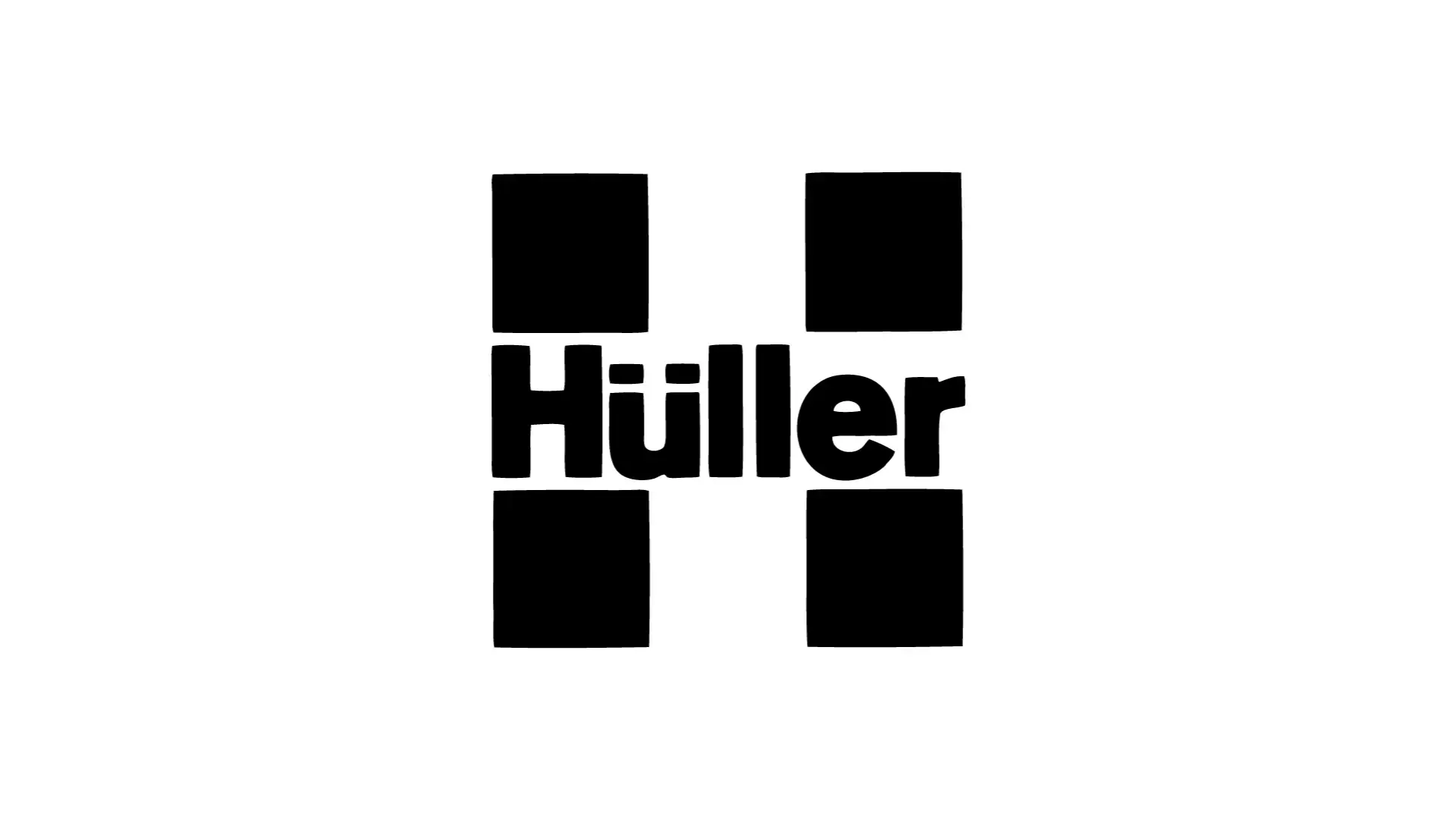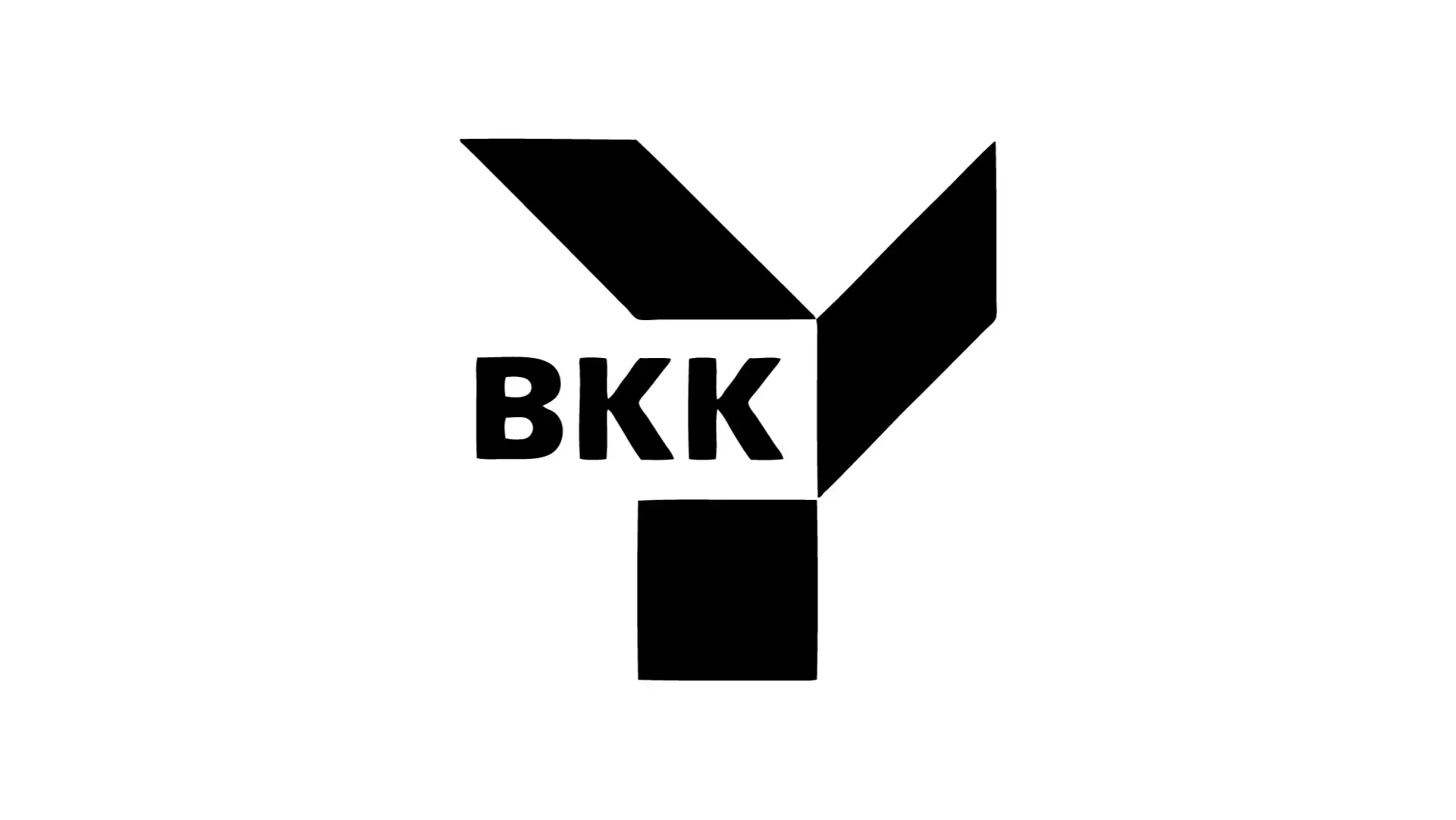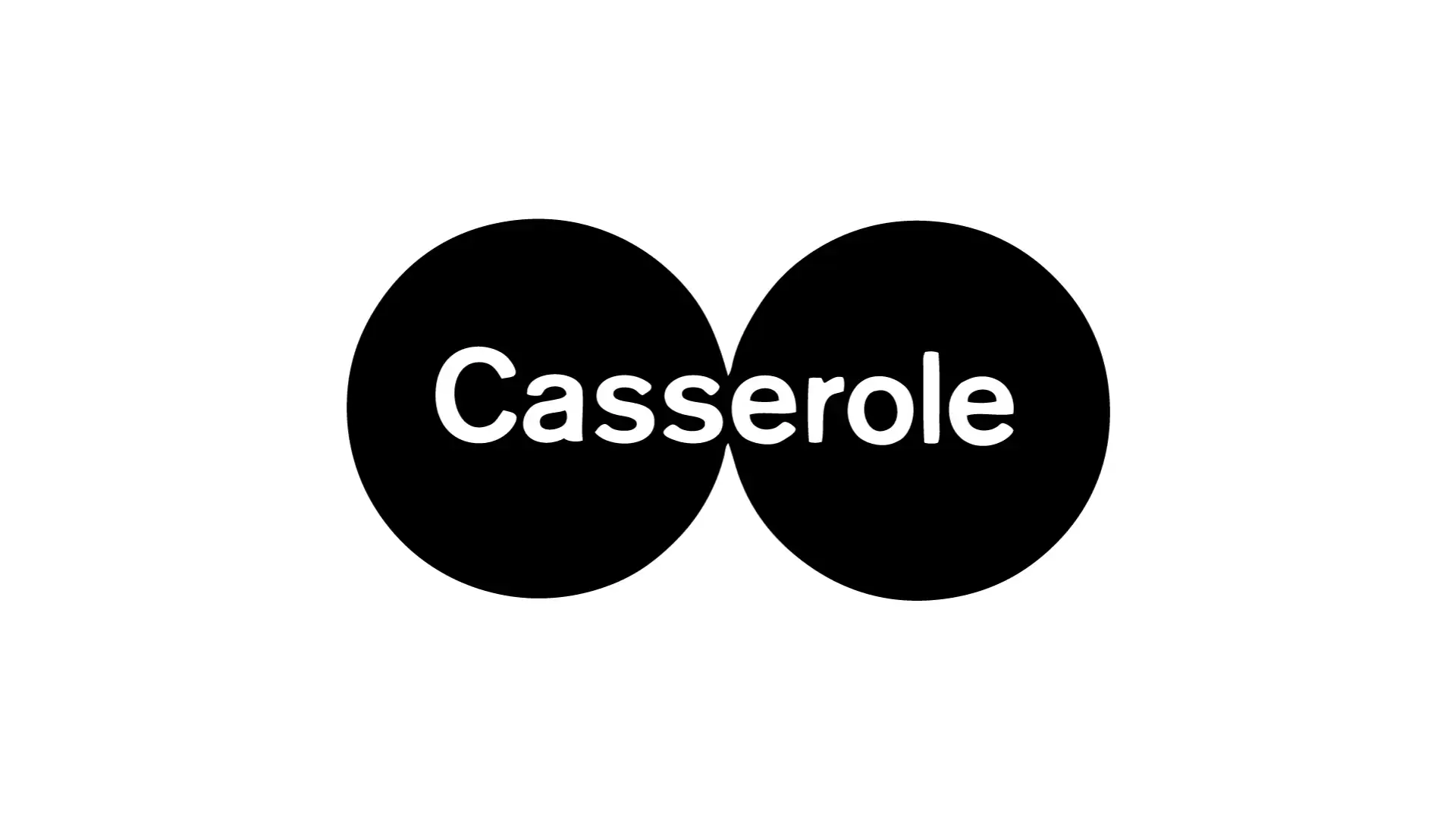Anton Stankowski
Deepak Singh Ola
03-07-2025
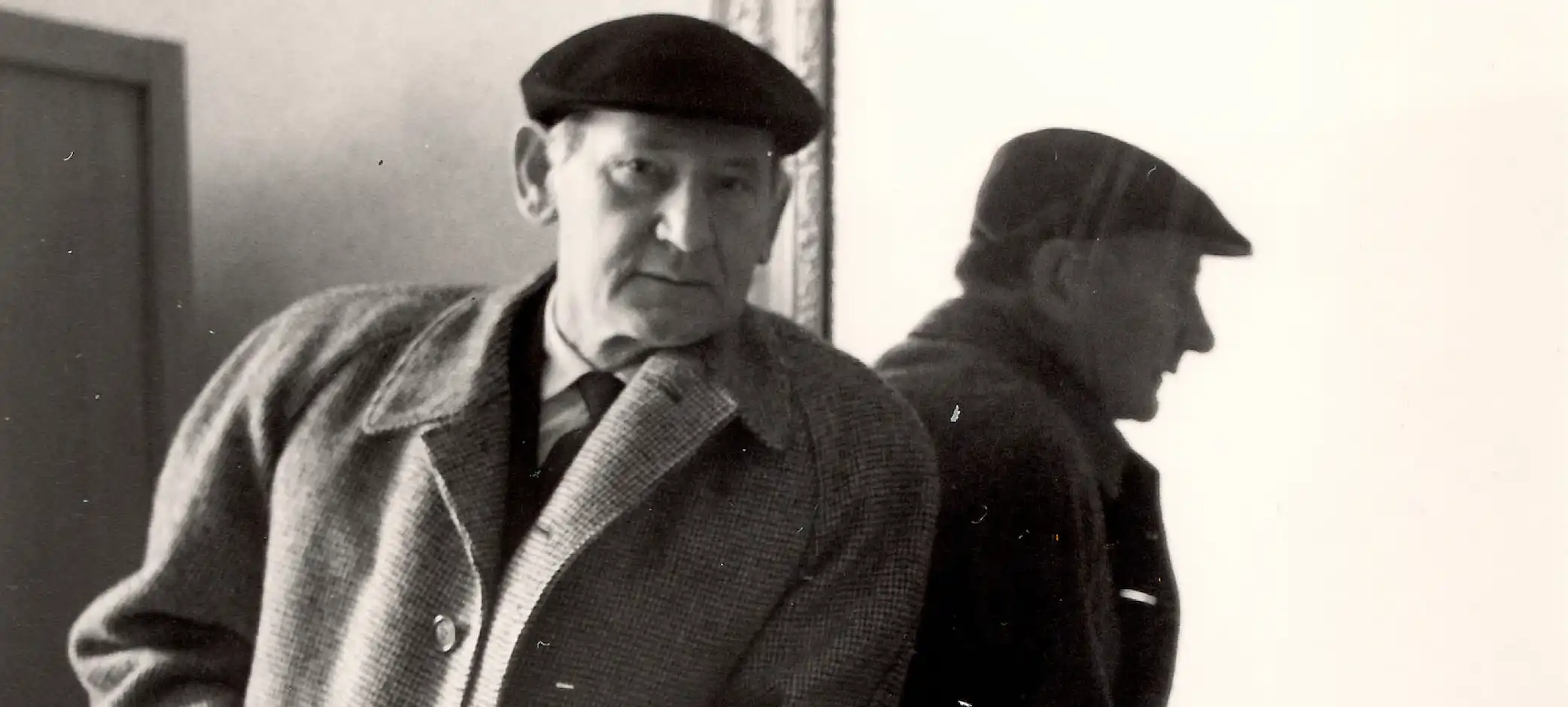
Anton Stankowski (1906–1998) stands among the most influential figures in 20th-century graphic design, celebrated for his groundbreaking work in geometric abstraction, corporate identity, and the development of visual languages that bridge art and function. His career, spanning over five decades, shaped the evolution of visual communication and left an enduring legacy in design, photography, and painting.
Born in Gelsenkirchen, Germany, on June 18, 1906, Stankowski began his career as a decorator and church painter before formally studying graphic design, typography, and photography at the Folkwang School in Essen under Max Burchartz. This early exposure to avant-garde art movements and modernist principles laid the foundation for his later innovations.
In 1929, Stankowski moved to Zurich to work at the renowned Max Dalang advertising agency. Here, he developed his concept of "constructive graphic art," a style that emphasized the illustration of processes and behaviors rather than mere objects. His time in Zurich also saw him form a cultural circle with leading designers and artists such as Max Bill and Richard Paul Lohse, further influencing his approach to design.
During these years, Stankowski formulated his influential "Theory of Design," which explored fundamental forms of visual expression and laid the groundwork for his later work in geometric abstraction and information design.
After his Swiss residence permit was revoked in 1934, Stankowski returned to Stuttgart, Germany, working independently until his career was interrupted by World War II and subsequent imprisonment as a prisoner of war. Upon his release in 1948, he resumed his work at the "Stuttgarter Illustrierte" as editor, graphic designer, and photographer, before founding his own design studio in Stuttgart in 1951.
Stankowski’s postwar years were marked by prolific output and innovation. He collaborated with prominent figures such as Willi Baumeister, Max Bense, and Egon Eiermann, and produced work for major clients like IBM, SE, and Mercedes-Benz. His designs from this period are noted for their clarity, precision, and ability to communicate complex ideas through simple visual forms.
Stankowski’s most iconic creation is the Deutsche Bank logo (1974): a tilted square bisected by a diagonal line, symbolizing stability and growth. This design exemplifies his philosophy of distilling complex concepts into clear, memorable visual symbols and remains one of the most recognizable corporate identities in the world.
He was also a major contributor to the International Typographic Style (Swiss Design), known for its rationality, functionality, and structured clarity. Stankowski’s posters, book covers, and information graphics are characterized by geometric abstraction, reduced color palettes, and a focus on visual communication that is both aesthetically compelling and easily understood.
Stankowski believed that design should serve people, not dominate them. He championed the idea that visual communication must be both functional and beautiful, using geometric forms as a universal language to convey meaning. His work was deeply influenced by Gestalt principles, understanding that the human mind seeks order and pattern, and he used this insight to craft designs that were intellectually and emotionally engaging.
Stankowski’s devotion to painting intensified in the 1970s, and he continued to experiment with color, texture, and abstract forms throughout his life. He was awarded an honorary professorship at the HfG in Baden-Württemberg in 1976 and founded the Stankowski Foundation in 1983 to support research and innovation in design. His work has been exhibited internationally and honored with numerous awards, including the City of Stuttgart’s Molfenter Award and a posthumous honorary award from the German Artist Federation.
Anton Stankowski died on December 11, 1998, in Esslingen am Neckar. His legacy endures in the timeless clarity of his designs, his pioneering theories, and his profound influence on generations of designers worldwide.
Logos designed by Anton Stankowski :







